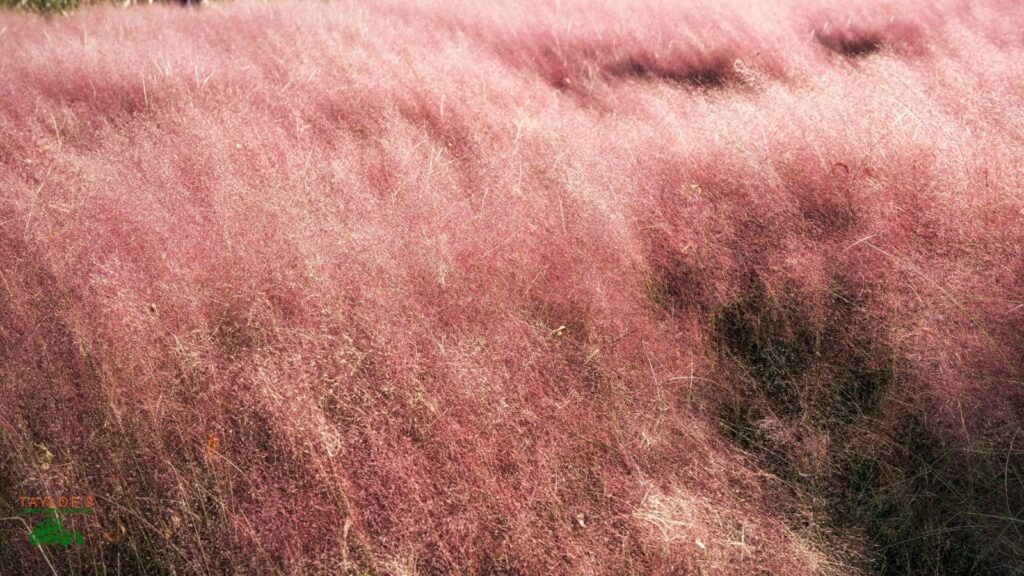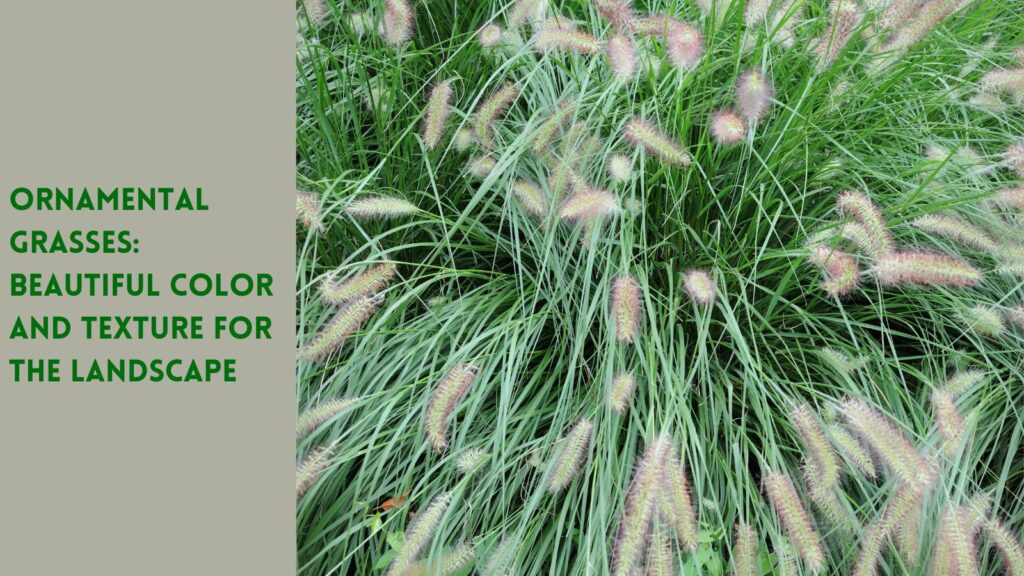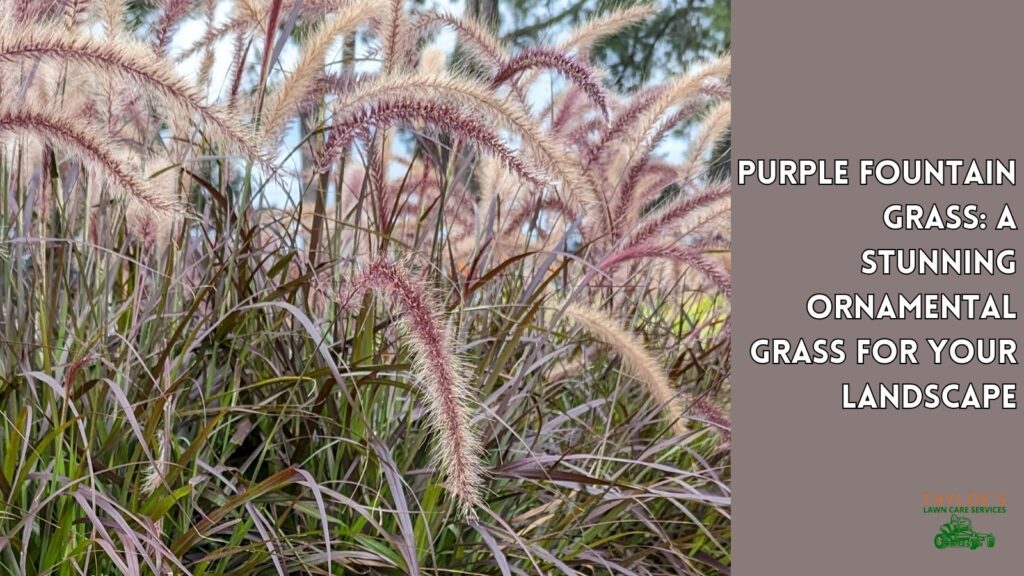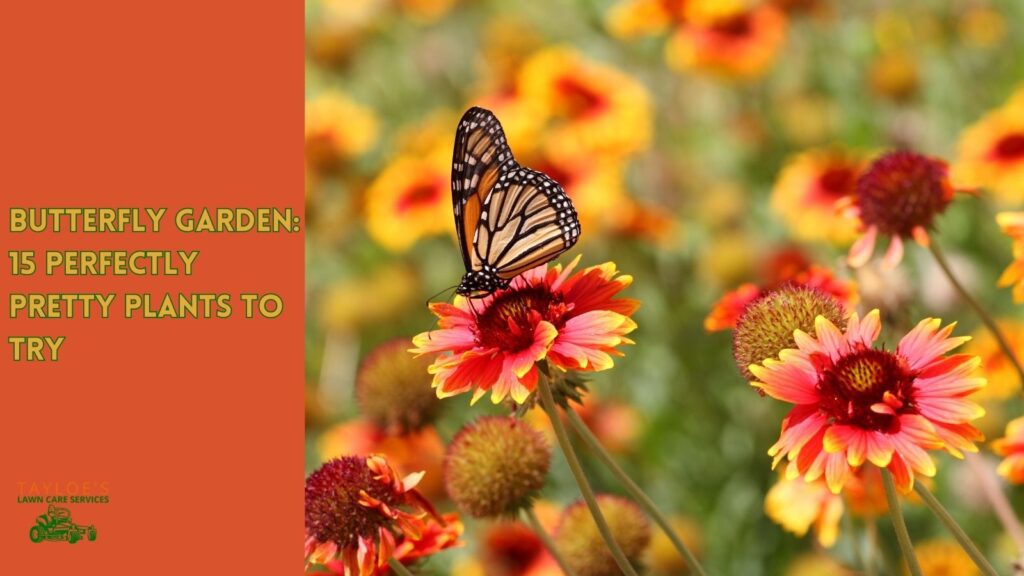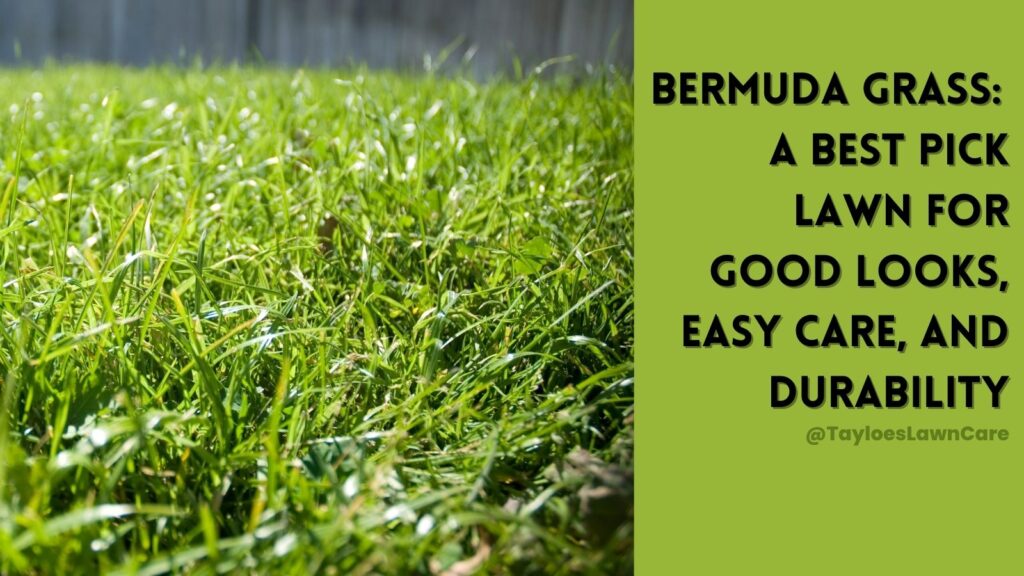Last Updated on: 16th February 2024, 08:07 am
Read why pink muhly grass is so beloved.
Talk of resilience in the gardening world, and Pink Muhly Grass quickly emerges as a prime example.
As the lushness of summer retreats under fall’s mellow spell, this perennial marvel stands tall. Indeed, its airy, pink plumes paint the landscape in strokes of vibrant life.
Easy to grow and breathtaking in appearance, pink muhly grass becomes the beacon of beauty in a garden winding down for the season.
It embodies the perfect blend of toughness and grace, proving that even as everything gives in to the cooler embrace of fall, some plants survive and thrive, transforming any space into an exhibition of natural elegance.
This guide walks you through growing pink muhly grass in Northeastern North Carolina. This plant ensures your garden remains a focal point of admiration and inspiration, season after season.
From selecting the ideal planting spot to maintenance tips that ensure year-round beauty, we cover all you need to know to make your garden a testament to both resilience and elegance.
Ready for the adventure?
Here is a quick reference table of the grass before we dive into the nitty-gritties:
Pink Muhly Grass Reference Table
| Scientific Name | Muhlenbergia capillaris |
| Common Name | Pink Muhly Grass, Gulf Muhly, Muhly Grass, Purple Muhly, Gulfhairawn Muhly |
| Plant Type | Perennial |
| Mature Size | 2-3 feet tall, 2-4 feet wide |
| Soil Type | Sandy, Clay, Loam–well drained |
| Soil pH | Slightly acidic (5.8-6.8) |
| Light Requirements | Full sun to partial shade |
| Moisture | Dry to moist |
| Bloom Time | Late Summer to Fall |
| Bloom Duration | 4-8 weeks |
| Flower Color | Purple to pink plumes |
| Native Area | North America |
| Hardiness Zones | 6-10 USDA |
Exploring the Unique Traits of Pink Muhly Grass
It’s undeniably charming, but the allure of Pink Muhly Grass extends well beyond its stunning appearance.
Celebrated for its resilience and beauty, this grass boasts several remarkable traits:
- Drought Resistance: Arguably the most impressive trait of pink muhly grass is its remarkable resilience to drought conditions. It perseveres, requiring minimal to no water, even in the driest of climates.
As other plants wilt under the early spring heat, pink muhly stands firm, valiantly showcasing its vibrant green foliage and distinct pink flowers.
- Fast Growth: Pink muhly grass will reach its full visual potential quickly, often within a single growing season. This rapid maturation allows it to dominate the landscape, preventing soil erosion and offering you immediate gratification.
- Low Maintenance: Its carefree nature is a testament to the grass’ adaptability. Muhly grass demands little beyond the basic necessities, thriving in poor soil conditions without the need for fertilizers or pesticides.
- Easy to Propagate: You can easily propagate pink muhly grass via division or from seed.
If starting from seed, expect blooms by the second year. However, for the division method, blooms may appear within the first year, giving your garden an immediate visual uplift.
- Showy: The grass’ aesthetic peaks in the fall. That’s when it erupts into a cloud of pink that seems almost unreal–creating a visual spectacle that lasts until the colder months.
Not a fan of pink? Muhly grass will still ensure your garden stands out with varieties like ‘White Cloud’, offering billowy white blooms that share the same stunning effect.
- Attracts Wildlife: Beyond its beauty, Pink Muhly Grass is a vital refuge and resource for wildlife, offering sustenance and shelter.
The grass’ flowers provide nectar for pollinators, while its seeds are a food source for birds. This integration of the plant into the local ecosystem enhances the garden’s role as a biodiversity hotspot, supporting the health of the environment while adding dynamic life to the landscape.
- Resistance to animals, diseases, and insects: Even though a refuge to birds and beneficial pollinators, Pink Muhly Grass exhibits a strong resistance to browsing animals, diseases, and harmful insects, making it an untroubled addition to diverse landscapes.
Types of Pink Muhly Grass
Pink Muhly Grass represents just one variant within the broader muhly grass family.
Numerous other species and hybrids, though not as commonly found as the classic Pink Muhly Grass, offer diverse options for gardeners.
Below is a list of muhly grass cultivars also worth considering for your garden:
- ‘Regal Mist’: This variety is known for its dense, pink plumes that create a mist-like appearance in the landscape. It has a robust growth habit and can tolerate a variety of soil types.
- ‘Fast Forward’: ‘Fast Forward’ blooms earlier in the season compared to the standard species, extending the display of its pink flowers.
- ‘Lenca’ (White Cloud Muhly Grass): A unique variety that offers a twist on the classic pink with its fluffy, white flower plumes. It provides the same texture and form as the pink varieties but in a different color palette.
- ‘Pink Flamingos’: A hybrid between Muhlenbergia capillaris and Muhlenbergia lindheimeri, ‘Pink Flamingos’ features vibrant pink plumes on taller stems, combining the best traits of both species.
- ‘Autumn Embers’: This variety stands out for its deeper, more intense pink to reddish flower plumes, offering a striking color in the fall garden.
- Muhlenbergia dumosa (Bamboo Muhly): Though not pink, Bamboo Muhly is worth mentioning for its unique, bamboo-like appearance. It has a fine texture and a graceful arching form that can complement the softer textures of the pink varieties.
- Muhlenbergia rigens (Deer Grass): Another non-pink variety, Deer Grass is valued for its robust size and adaptability. It produces dense, green foliage and tall, feathery inflorescences that can add structure to a garden design.
Pink Muhly Grass Growing and Care Needs
Successfully cultivating Pink Muhly Grass in your Northeast North Carolina garden hinges on understanding and meeting its specific growing and care requirements.
Let’s break down the essential steps to ensure your Pink Muhly Grass survives and thrives, creating a breathtaking landscape feature.
Site Selection
Pink Muhly Grass prefers a location that receives full sun to partial shade.
In Northeast NC, aiming for a spot that gets at least 6 hours of sunlight daily will optimize its growth and the vibrancy of its pink plumes in the fall.
Soil Requirements
This grass is highly adaptable but favors well-drained soil. While it can grow in a variety of soil types, sandy loam is ideal.
If your garden soil is heavy clay or overly moist, consider amending it with sand or organic material to improve drainage.
Planting
The best time to plant pink muhly grass is during the cooler temperatures of spring or early fall. This timing allows the roots to establish before the stress of summer heat or winter cold.
Dig a hole twice as wide and just as deep as the root ball, placing the plant in the hole so the top of the root ball is level with the soil surface.
Fill in with soil, gently tamping down to remove air pockets, and water thoroughly.
Watering
Initially, water your Pink Muhly Grass regularly to establish a deep, extensive root system. Once established, it’s remarkably drought-tolerant, requiring watering only during prolonged dry spells.
Overwatering can lead to root rot, so it’s crucial to allow the soil to dry out between watering.
Fertilizing
Pink Muhly Grass requires no supplemental fertilizer to grow and bloom. However, an initial feeding with organic matter, such as mature compost, is vital for nutrient enrichment of the soil and should be done during transplanting.
This practice ensures that the plant establishes a robust root system. It also means improved overall health and resilience right from the start.
If you choose to offer supplemental feeding, though, do so sparingly in the spring with a balanced, slow-release fertilizer.
Over-fertilizing can lead to lush foliage at the expense of the spectacular fall blooms.
Pruning
Prune Pink Muhly Grass in late winter or early spring before new growth begins.
Cut the foliage back to about 3 to 4 inches from the ground to clean up the plant and encourage fresh, vigorous growth.
Mulching
Apply a layer of organic mulch around the base of the plant to help retain soil moisture, regulate soil temperature, and suppress weed growth.
A two to three-inch layer of mulch is sufficient.
Organic mulches, like bark or straw, are preferred as they decompose, enriching the soil.
Pest and Disease Management
Thanks to its natural resistance, Pink Muhly Grass rarely suffers from pest or disease problems.
The most notable exception is mealybugs. These pests can settle on the grass, making the plumes appear frothy and white due to their residue.
To combat this issue, use a vigorous spray of water to wash away the pests from the plant or treat the plant with neem oil to keep it healthy and vibrant.
Propagation
If you wish to propagate Pink Muhly Grass, division in early spring is the most effective method.
And here is how:
- With a shovel or spade, carefully dig around and under the plant, starting about 2 inches from the clump’s edge. Gently lift the entire root mass from the soil.
- Using a pruning saw or sharp knife, slice the root mass into 2-4 equal-sized sections, each with a portion of roots and shoots.
- Wrap the divided root masses in a moist towel to prevent them from drying out until you are ready to plant them.
- Promptly replant the divisions in well-prepared spots that match the original growing conditions, ideally within an hour or two of division. Water thoroughly after planting.
Note: You may transplant your Pink Muhly Grass almost any time during the growing season. But there is one exception: when it’s in bloom or close to blooming. The ideal times are early spring or late fall. That’s because cool seasons give the plant a chance to establish itself under less stressful conditions. If you need to move it during warmer periods, provide plenty of water to help it settle into its new spot.
Growing Pink Muhly Grass from Seed
Propagating pink muhly grass from seed is a straightforward process, whether using purchased seeds or collecting them from your existing plant.
- Fill small containers with moist potting soil. But be sure to leave half an inch of space at the top–for easy irrigation.
- Sprinkle 5-7 seeds in each pot.
- Mist the soil to keep it moist.
- Move the containers to a spot that receives morning sunlight and afternoon shade.
- The seeds should germinate within two weeks.
Remember, you may as well direct-sow the seeds outside, however in a sheltered spot if the climate is conducive.
Pink Muhly Grass Spacing
Spacing for pink muhly grass depends on your specific goals and the overall design of your garden.
Here are some general guidelines for spacing:
- Individual Plants: If you’re growing pink muhly grass as individual focal points or in small groups, space them about 2 to 3 feet apart.
This allows each plant adequate room to showcase its full beauty.
- Mass Plantings: For a more dramatic effect, you can plant pink muhly grass in mass groupings. In this case, space the plants about 1 to 2 feet apart.
The tight spacing creates a stunning visual impact when they all bloom simultaneously.
- Borders and Edges: If you’re using the grass as a border or along garden edges, you can space them 1 to 1.5 feet apart–creating a defined border while allowing the grasses to flow seamlessly.
- Containers: When planting pink muhly grass in containers, choose pots that are at least 12 to 14 inches in diameter to provide ample space for the roots.
You can place multiple grasses in a larger container, but ensure they have enough room to grow without crowding.
Companion Plants for Pink Muhly Grass
When selecting companions, consider plants that share similar growing conditions but offer contrasting colors, textures, or bloom times to complement the ethereal beauty of Pink Muhly Grass.
Here are some excellent choices:
- Perennials for Contrast and Color
- Salvia (Salvia spp.): With its spikes of blue, purple, or white flowers, Salvia adds height and color contrast against the soft pink of the Muhly Grass.
- Russian Sage (Perovskia atriplicifolia): Its silvery foliage and lavender flowers pair beautifully with the pink hues of Muhly Grass. As a result, it creates a striking contrasting texture and color.
- Black-eyed Susan (Rudbeckia hirta): The bright yellow flowers of Black-eyed Susan create a stunning visual contrast. Thus, they highlight the delicate pink plumes of the Muhly Grass.
- Ornamental Grasses for Textural Contrast
- Blue Fescue (Festuca glauca): The blue-green foliage of Blue Fescue contrasts nicely with the pink plumes of Muhly Grass, adding texture and color diversity.
- Switchgrass (Panicum virgatum): With its tall, upright growth, Switchgrass can provide a backdrop for Pink Muhly Grass. It can add depth and structure to the planting area.
- Groundcovers and Low-Growing Plants for Foreground Interest
- Sedum (Sedum spp.): Drought-tolerant Sedums offer a variety of textures and colors at the ground level, complementing the airy height of Pink Muhly Grass.
- Lavender (Lavandula spp.): Lavender’s fragrant, purple flowers and silver-green foliage provide a sensory contrast to the soft appearance of Pink Muhly Grass.
- Shrubs for Backdrop and Structure
- Dwarf Yaupon Holly (Ilex vomitoria ‘Nana’): This evergreen shrub can serve as a solid backdrop for the fine textures of Pink Muhly Grass, offering year-round greenery.
- Juniper (Juniperus spp.): With its varied forms and foliage colors, Juniper can add structural interest and serve as a contrasting background.
- Bulbs for Seasonal Surprises
- Daffodils (Narcissus spp.) and Tulips (Tulipa spp.): Planting bulbs among Pink Muhly Grass ensures bursts of color in the spring before the grass reaches its peak bloom in the fall.
Now, that’s too much information to absorb, isn’t it? Don’t worry. Just bookmark this post and come back for future reference.
But before you roll up your sleeves and get to work, there’s one more thing to keep in mind, particularly if you’re encountering the only notable issue with Pink Muhly Grass: its lack of pink froth in the fall.
If this is the case, don’t fret.
Pink Muhly Grass not Blooming
Here are some reasons why your plant is not blooming and how these can be easily resolved:
- Insufficient Sunlight: Pink Muhly Grass thrives in full sun. Make sure your plants get a minimum of 6 hours of direct sunlight every day. If trees or structures shade them, consider relocating to a sunnier spot.
- Over-Fertilization: While low-maintenance, over-fertilizing Pink Muhly Grass can lead to lush foliage at the expense of blooms. If you’ve fertilized heavily, cut back and allow the plant to focus energy on flowering.
- Improper Pruning: Pruning at the wrong time can remove the current year’s blooms. Always prune in late winter or early spring before new growth begins to ensure you don’t cut off the flowering parts.
- Age of Plant: Newly planted Pink Muhly Grass, especially from seeds, might not bloom in the first year as it focuses on root and foliage development. Give it time, and with proper care, it should begin blooming in its second year.
- Water Stress: Both overwatering and under-watering can affect blooming. Ensure the soil drains well and water deeply but infrequently to encourage deep root growth.
Your Guide to Growing Pink Muhly Grass in NE NC Concludes
As you embark on growing Pink Muhly Grass in NE NC, remember, your journey starts with a single step: planting that first seed or root.
Picture the waves of pink plumes that will soon adorn your garden, a testament to your green thumb and the enchanting allure of your outdoor sanctuary.
This endeavor transcends mere gardening; it’s about creating a personal paradise teeming with life and beauty.
So, grab your gardening tools and let the adventure begin. Transform your garden into a pink haven—it’s time to grow!
Need help with any of your lawn care of gardening needs? Tayloe’s Lawn Care Services is here at your service! Reach out to us at 252.287.3376.
Author Profile

- Maureen Abuor
- Maureen Abuor is a professional content marketing strategist and SEO strategist, with particular knowlege of creating landscaping and gardening content that informs and delights her audience. When she's not working, she's a busy mother of three precious little ones and child of God.
Latest entries
 Lawn CareApril 29, 2025Best shady area grass seed for Eastern NC
Lawn CareApril 29, 2025Best shady area grass seed for Eastern NC GardeningApril 15, 2025How do I make organic soil for the garden?
GardeningApril 15, 2025How do I make organic soil for the garden? Flower GardenMarch 7, 2025What are wave petunias?
Flower GardenMarch 7, 2025What are wave petunias? Flower GardenMarch 3, 202520 Full-sun annuals for your spring and summer garden
Flower GardenMarch 3, 202520 Full-sun annuals for your spring and summer garden

